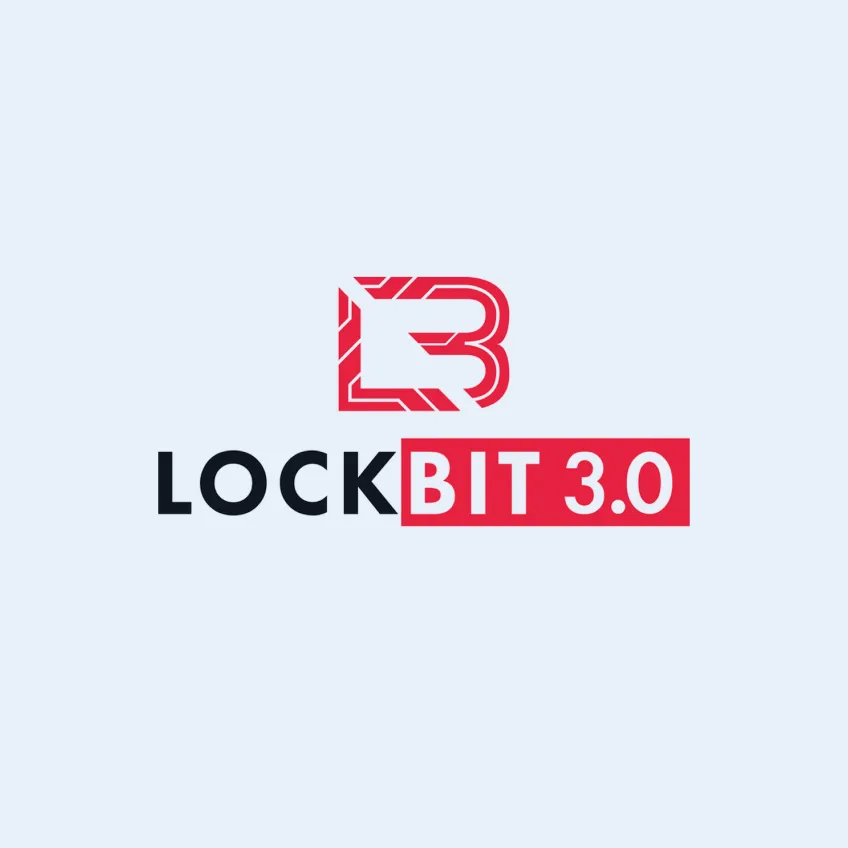Product reviews
Looking for help?
Frequently Asked Questions
A growing number of MSPs continue to seek ways to consolidate their vendor lists to reduce costs, improve efficiency and achieve comprehensive protection. Not only does taking a multilayered approach help close security gaps, but also fortify resilience.Acronis Cyber Protect Cloud is a comprehensive solution that combines cybersecurity, data protection and management, enabling MSPs to meet the unique needs of clients, including qualifying for cyber insurance, adhering to industry regulatory compliance and safeguarding business continuity — all at an affordable price. Acronis empowers you to centrally manage, provision, and scale cybersecurity, backups, recovery, and endpoint management through a single console, eliminating the need to manage multiple individual tools and saving valuable resources and time.
Adopting a 3-2-1 backup strategy is one of the most effective ways to safeguard data against security vulnerabilities. The 3-2-1 strategy ensures that organizations have three copies of sensitive data: your production data and two backups — one housed in a different geographical location and one copy housed off-site. By separately storing secure backups in both local and off-site locations, businesses reduce the risk of data loss regardless of the location or cause — including natural disasters, human error and cyberattacks.For instance, if a fire destroyed one of the off-site backup locations, the data would be safe where it was backed up locally and in the remaining off-site location. This empowers your MSP business to quickly and easily restore the data to your clients and minimize downtime for their business.
Building a ransomware incident response plan is critical to streamlining and outlining how your MSP business will respond to ransomware if your clients are attacked. A comprehensive IRP involves ten fundamental steps to help minimise the financial, reputational and operational harm to you and your clients following an attack.
This includes:
- Defining security objectives.
- Establishing a designated incident response team.
- Developing an incident classification framework.
- Outlining how you will detect and identify ransomware threats.
- Containing and remediating the threat.
- Recovering data and restoring it.
- Implementing communication protocols.
- Ensuring legal compliance.
- Documenting and reporting the incident to necessary stakeholders.
- Training and educating your IR team, clients and their employees on your ransomware response plan.
Ransomware prevention as an MSP business boils down to three core themes to better protect your clients: enhancing visibility, taking a zero-trust architecture approach and leveraging AI-based detection.
Endpoint security is vital for businesses, especially as they grow and increase the number of devices connected to their network. To effectively secure your clients’ endpoints, endpoint detection and response (EDR) or endpoint protection platforms (EPPs) are essential to safeguarding IT environments. While EPP focuses on monitoring and managing devices, EDR goes a step further by emphasizing threat detection and response to mitigate cyber risk.
Regular patch management is crucial to address vulnerabilities and reduce the risk of attacks. Automated patch management can streamline this process and ensure compliance and system performance.
Additionally, data backup is essential to counter ransomware attacks — following the 3-2-1 rule of backup to maintain multiple copies of critical data on different storage media.
As an MSP business, you can ensure your clients are holistically protected against ransomware through leveraging the NIST Cybersecurity Framework. The core functions of NIST include Identify, Detect, Protect, Respond and Recover.
The NIST Framework was designed to help organizations enhance their security posture. By ensuring protection layers to address each function, you can close security gaps, mitigate cyber risk and fortify business resilience to clients.























